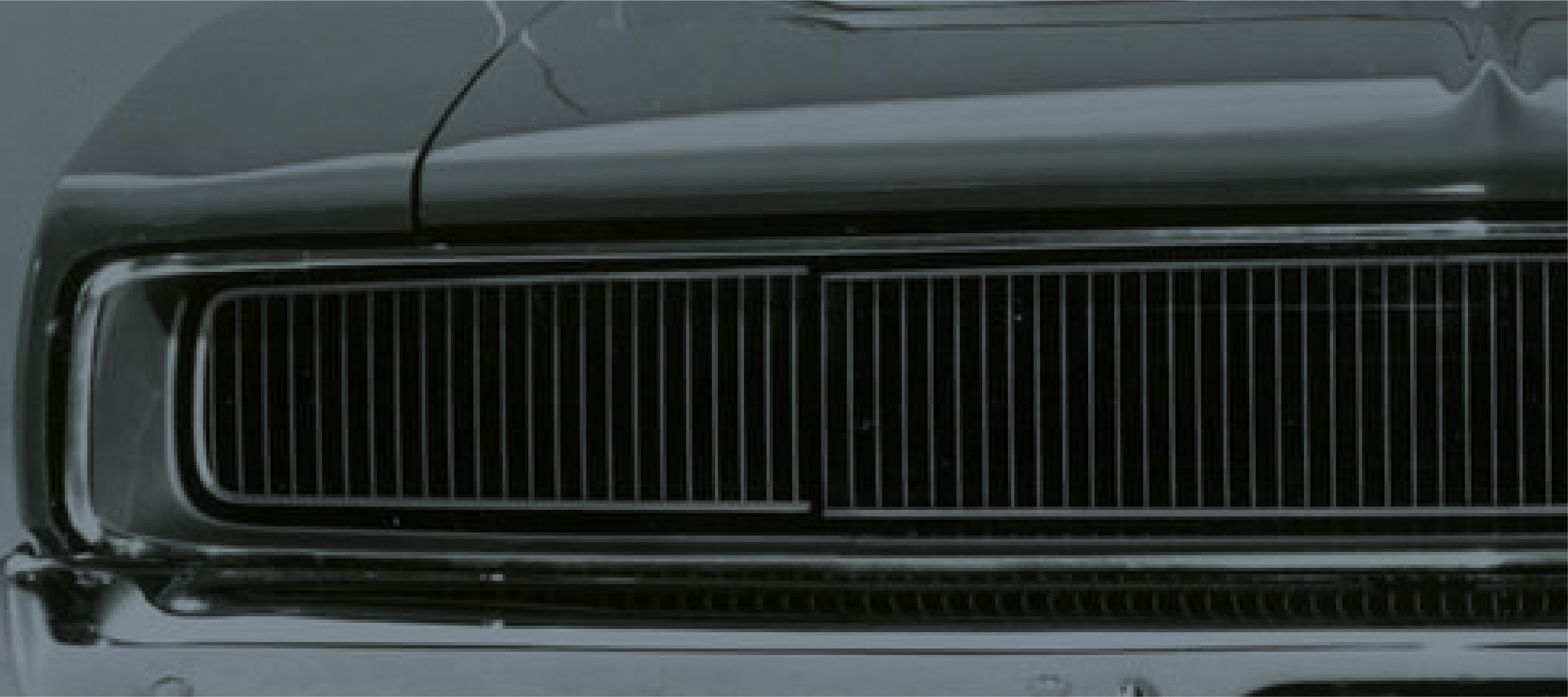THE LEGACY OF THE DODGE CHARGER
(1966)
THE BIRTH OF AN ICON
The Dodge Charger first roared onto the scene in 1966, introduced as a concept car at the Chicago Auto Show. From its very first generation, the Charger embodied power and performance, with a sleek, aggressive design that made it stand out in the muscle car era. Its long, fastback body and bold grille created an unforgettable visual signature that still resonates with car enthusiasts today.
1968-1974
THE MUSCLE CAR ERA
During its second generation, the Charger solidified its reputation as one of the most influential muscle cars of all time. This period saw the introduction of the famous “Dukes of Hazzard” Charger, which became a symbol of rebellion and freedom. The 1969 model, with its 426 HEMI engine, was a monster on the track and the streets. The Charger was the definition of raw power, speed, and style, with classic designs that continue to be admired in today’s vintage car market.


THE CHANGING TIMES
As the muscle car era faded, the Charger underwent several changes to adapt to the times. The third generation brought about a more compact design and a shift toward a more practical and economical vehicle. While performance took a backseat to fuel efficiency and emissions standards, the Charger remained a staple in the Dodge lineup, still beloved by many for its strong heritage.
(1975-1987)
2006-PRESENT
THE RETURN OF THE MUSCLE
In 2006, Dodge introduced the modern Charger, a full-size sedan that would bring back the power and performance that the nameplate was known for. With bold styling cues reminiscent of the classic 1960s model and a range of performance options, including the powerful 5.7L HEMI V8 and the supercharged Hellcat engine, the modern Charger has once again earned its place in the muscle car hall of fame.
A SYMBOL OF AMERICAN ENGINEERING
Through decades of change, the Dodge Charger has remained a symbol of American engineering, passion, and performance. From its inception to today, the Charger has been a true reflection of American car culture, and its history continues to be written by the fans who cherish it.
